
Pet First Aid: Four Herbs We Can't Live Without
Share
Most of us have go-to first aid remedies in the event of accidents or injuries for ourselves, or our families. But have you considered keeping a first-aid kit handy for your pets?
If not, you totally should.
That’s not to say we don’t or won’t make trips to the vet - trust me, our veterinarian knows us, and our dogs, quite well. In general, our rule of thumb regarding vet visits - if you had the same injury, would you see the doctor? When the answer is no or not sure, these four herbs are indispensable!

FOUR Great Herbs for Pet First Aid Care
Yarrow
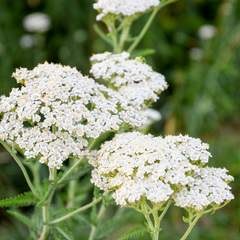
Yarrow is one of those herbs that everyone should have in their cupboard. It’s a first-aid go-to for pets and people. Why? It’s a powerful antibacterial, antiseptic, and styptic. In other words, it cleans wounds, kills bacteria, and stops bleeding.
Some ways we use yarrow include
- Making a poultice of dried flowers
- Brewing a tea bag for an herbal compress
Yarrow is easy to grow in most growing zones and a staple for most plant medicine makers.
Plantain Leaf

Plantain leaf, or Plantago Major - you probably know this as a weed in your lawn. But, if you knew all of this plant’s medicinal properties you might decide to ditch the grass and grow plantain leaf!
When it comes to injuries, plantain offers antibacterial properties like yarrow, so you can get an added boost to preventing infection. Plantain is one of my favorites because it helps wounds heal faster. It’s an astringent with demulcent properties - this means it can dry wounds and stop bleeding WHILE lubricating the wound area and surrounding tissues - which helps your fur baby’s body speed up tissue regeneration and healing.
For pets and humans alike, plantain is commonly used to:
- Clean wounds and prevent infection
- Relieve itching caused by bug bites, eczema, and plant allergens.
- Draws foreign objects from the skin. I’ve used a plantain poultice to draw out stingers, splinters, and foxtails, as well as draw out the gunk from abscesses.
- Helps cells regenerate and heal damaged tissue
A few common and easy ways to use plantain leaf in a first aid situation include:
- Chew up the leaves, then apply to the affected area. You can do this right in the garden!
- Make a plantain extract (tea or oil infusion) and apply to the wounded area
Calendula

Calendula is among the first herbs to consider in minor first aid situations.
For minor cuts, insect bites, abrasions, or postsurgical incisions, a calendula-based salve will bring quick, soothing relief to pain and swelling, while lending antimicrobial properties to the body’s healing effort.
Infusions of calendula flowers (like a calendula tea or oil) are used to provide relief from various forms of inflammatory dermatitis, such as flea bites, poison ivy, eczema, or sunburn. The antimicrobial and astringent nature of this plant make it useful for treating burns as well.
Apply calendula as a salve or tea to:
- Cuts
- Burns (always use cooled tea for burns. Do not use oil-based remedies on burns).
- Bites
- Scrapes
- Abscesses
- Fungal infections
A word of advice for open wounds -Calendula is such a fast-acting healer, it can heal open wounds and abscesses quickly, trapping bacteria inside the wound. Please make sure the wound is clean, or apply calendula with a fast-acting antibacterial (this is why our pet salve contains yarrow and plantain along with calendula).
Comfrey

Oh comfrey. This plant is a miracle workhorse in the garden and in your medicine cabinet!
Comfrey’s topical uses are numerous - there is a reason why its nickname is boneset. Great for relieving the underlying causes of bruises and sprains as well as catalyzing bone repair, I keep a small jar of powdered comfrey on hand to help close wounds and gashes.
Like Calendula, Comfrey works so well, in fact, it is IMPERATIVE that you clean the wounded area thoroughly before using. If you don’t, the comfrey could heal the wound and trap bacteria under the skin, causing an infection.
Comfrey ointments have been used for centuries in folk medicine for:
- pain
- bone mending
- inflammation
- joint health
- Bruising
The easiest ways to use comfrey are:
- Apply a comfrey salve
- Make a poultice with chopped, steeped leaves or apply a compress
- Pack cleaned, disinfected wounds with comfrey powder or a fresh leaf poultice. Wrap in a bandage to prevent licking.
First Aid Salve for Pets

Our Pet Salve combines yarrow, plantain, and calendula for 100% organic, lickable healing salve for cats and dogs made from herbs grown right here at LeeHouse! It's a go-to first-aid ointment for furry pets.
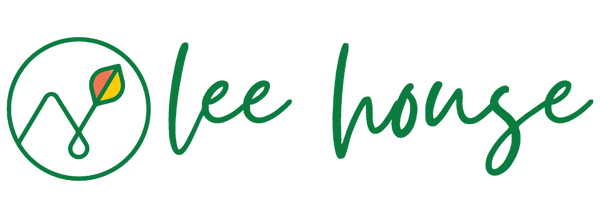
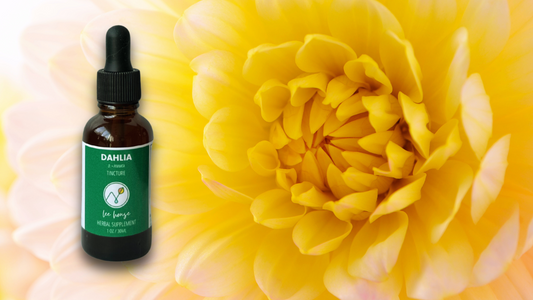
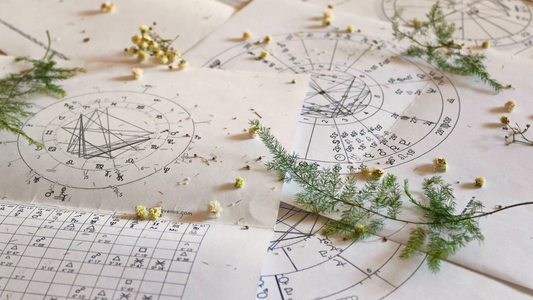

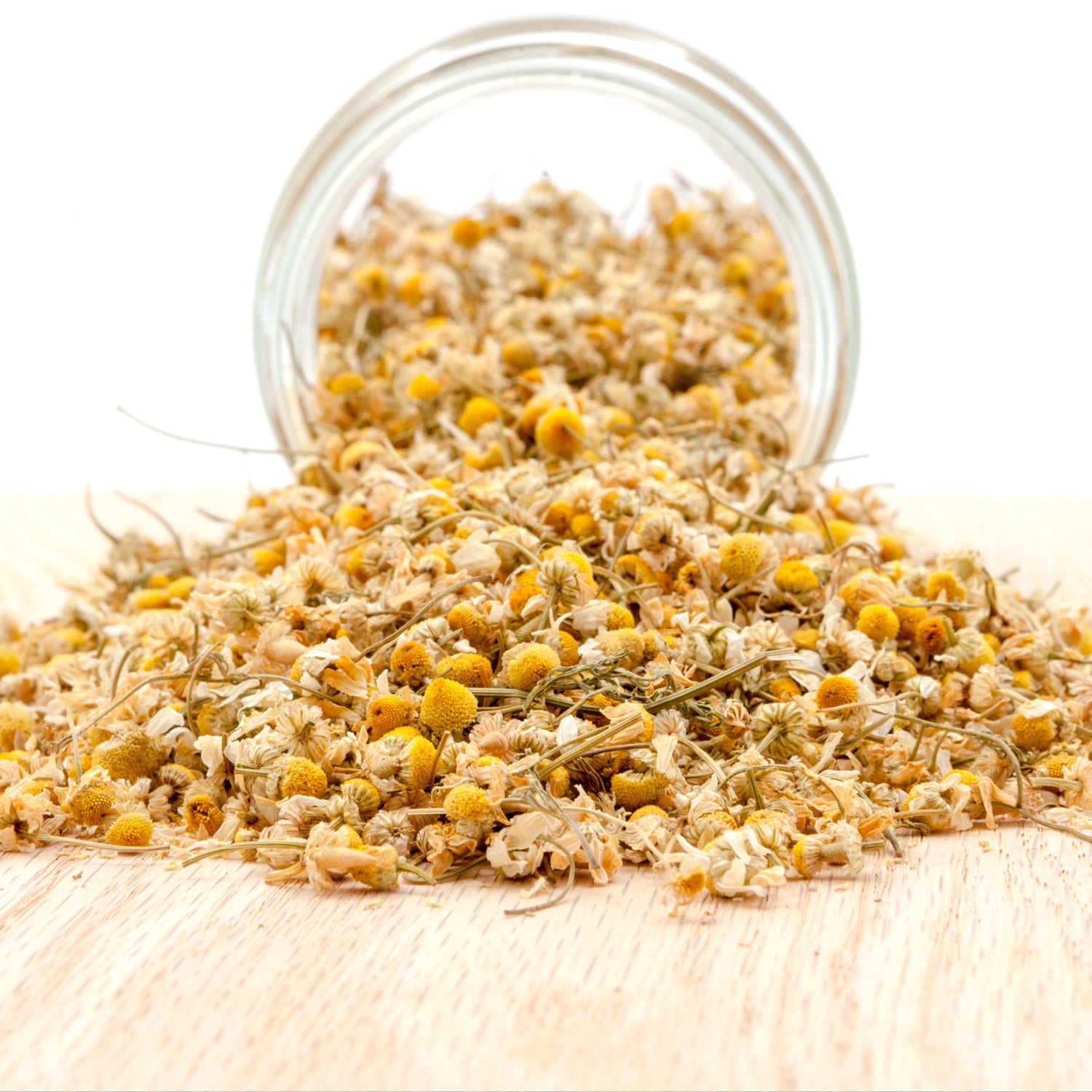

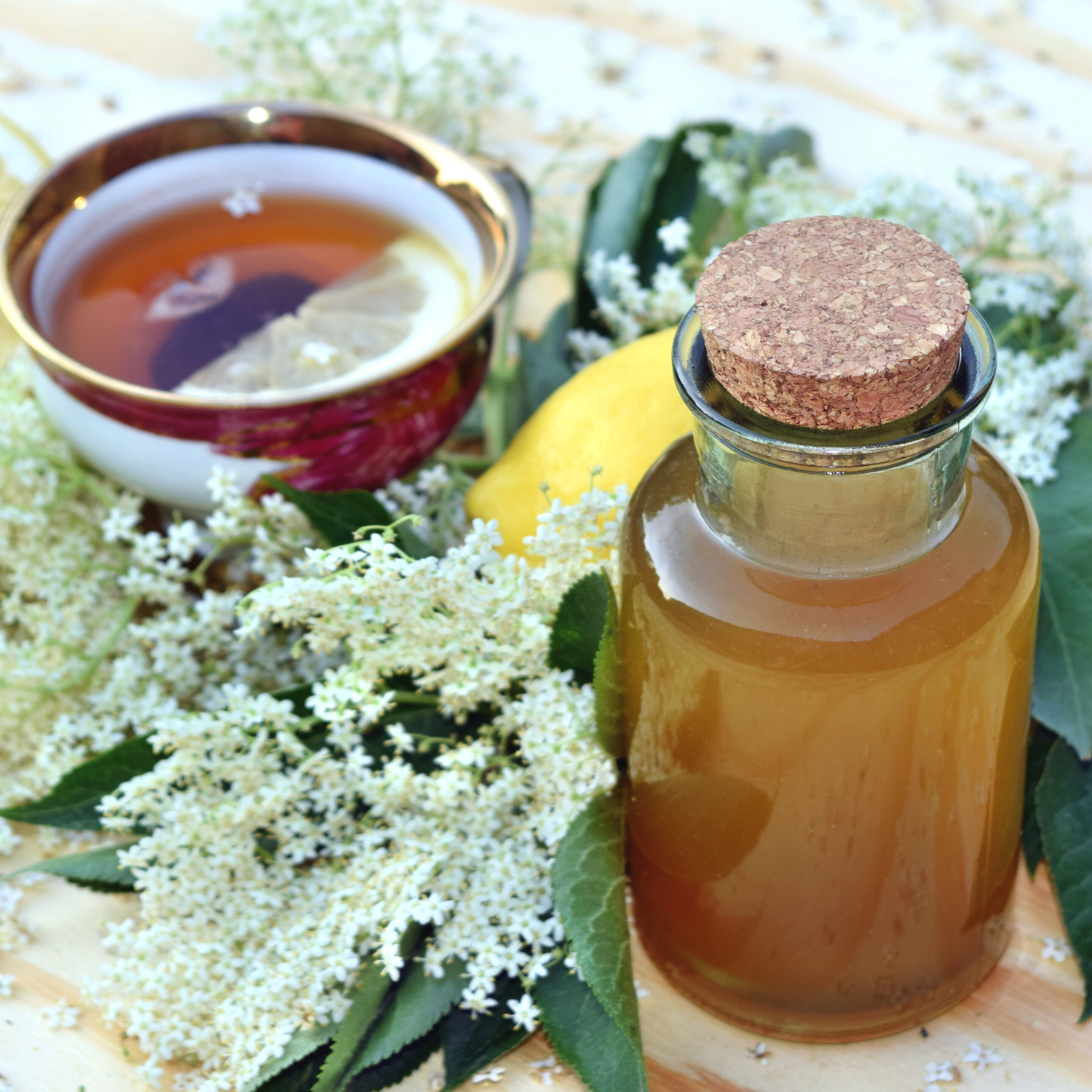

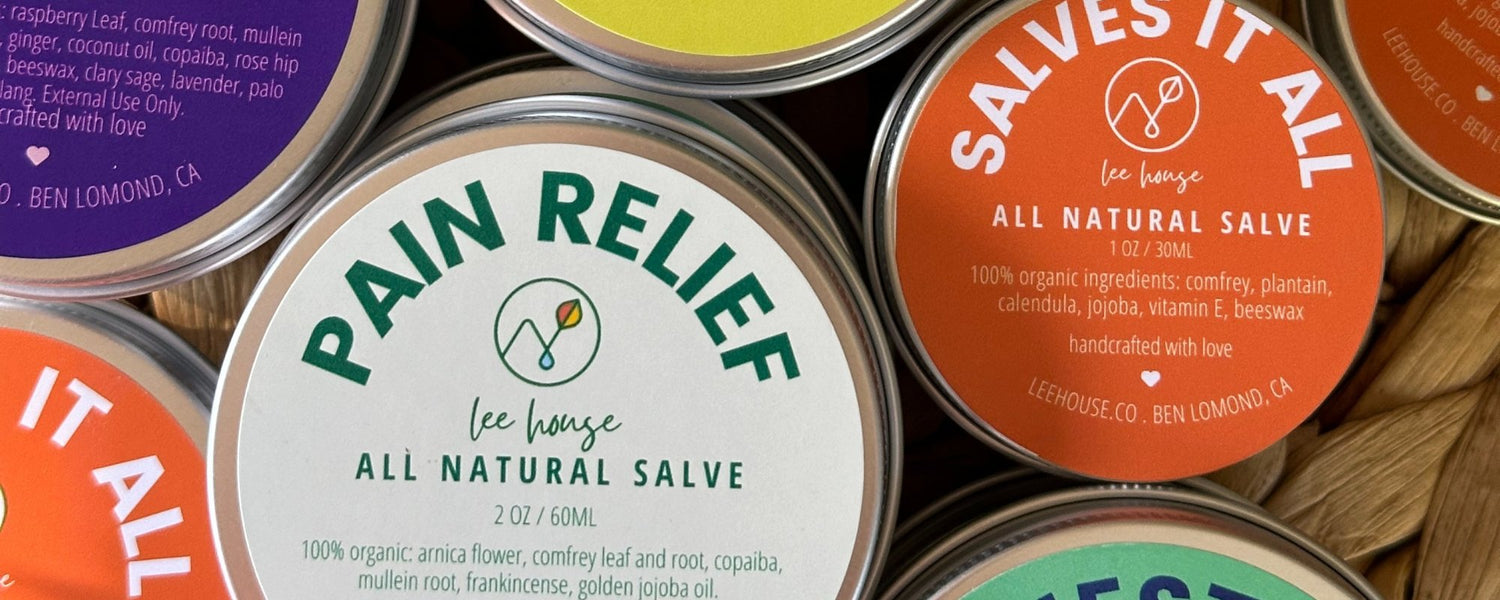
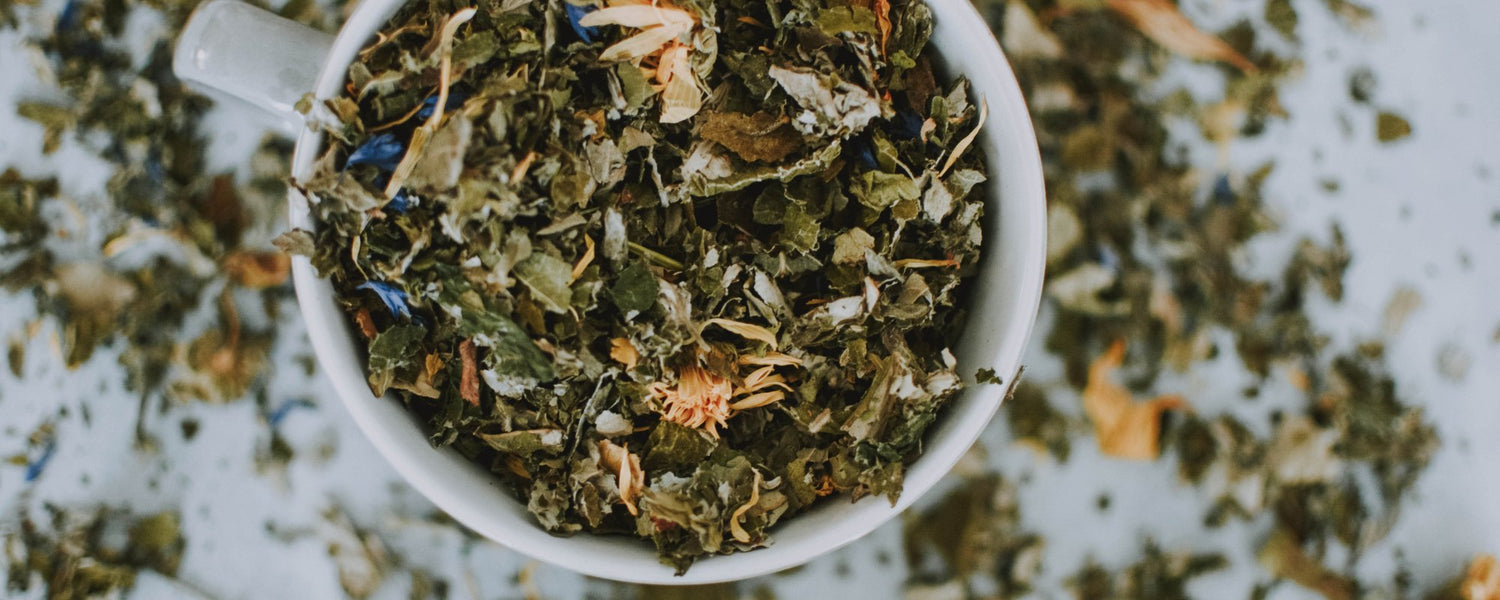
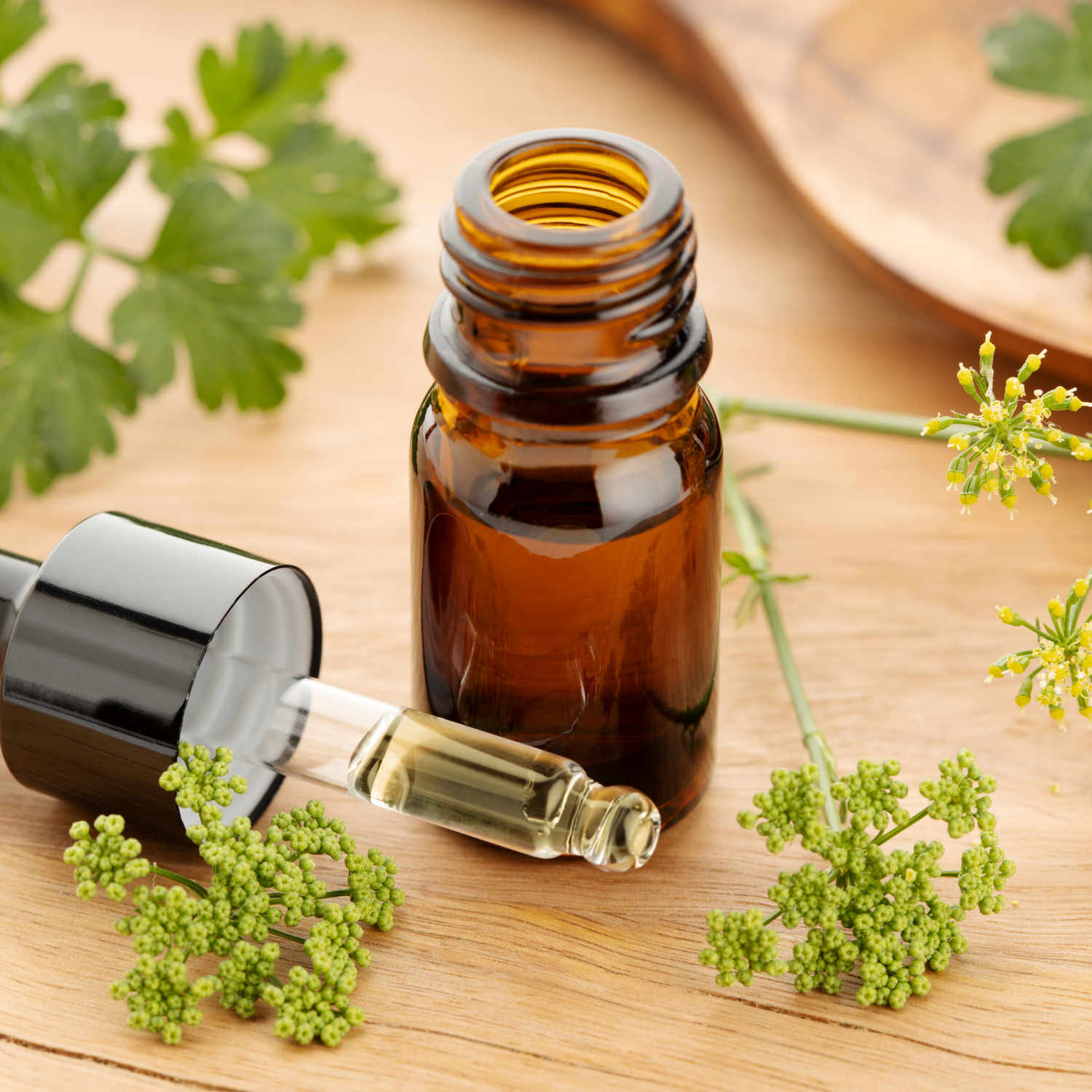
1 comment
What a lovely website with Wonderful products!!